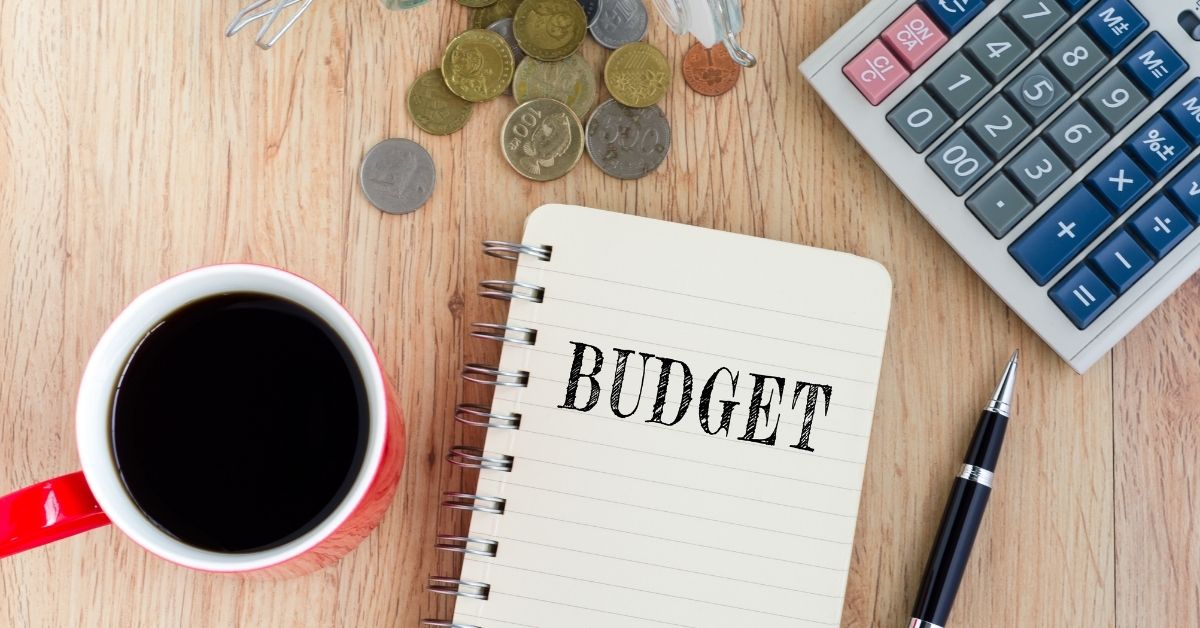Creating a personal budget is one of the most effective ways to take control of your finances. It gives you a clear view of your income, spending habits, and savings goals. Instead of wondering where your money went at the end of each month, a budget shows you exactly how and where to direct it. Budgeting helps reduce financial stress, eliminate debt, build savings, and move closer to long-term goals like buying a home, traveling, or retiring comfortably. The real power of a budget lies not only in creating one but also in sticking to it consistently.
Step One: Know Your Income
Before you can build a functional budget, you need to know how much money you’re working with. Start by calculating your total monthly income after taxes. This includes your primary job, side hustles, freelance work, rental income, or any other reliable sources of money. If your income varies, use a conservative average based on the last few months. Your budget will only be successful if it reflects realistic earnings.
Step Two: Track Your Expenses
Tracking your spending is crucial. For at least one full month, record every expense—no matter how small. This includes fixed expenses like rent, utilities, insurance, and subscriptions, as well as variable costs like groceries, transportation, dining out, shopping, and entertainment. Seeing your actual spending patterns often reveals where money is being wasted or misused. Use a notebook, spreadsheet, budgeting app, or even your bank statements to help capture the full picture.
Step Three: Categorize and Organize Your Spending
Once you’ve gathered your expenses, group them into categories. Common budget categories include housing, food, transportation, debt payments, savings, personal care, healthcare, and entertainment. Knowing how much you’re spending in each area helps you decide which categories need adjustments. You’ll often find areas where small changes can lead to big savings—like eating out less or canceling unused subscriptions.
Step Four: Set Realistic Spending Limits
Now that your expenses are categorized, assign spending limits to each group based on your income and priorities. Be honest with yourself about what’s necessary versus what’s optional. If your expenses exceed your income, it’s time to make cuts. Your goal is to create a plan where your income covers all expenses, allows for savings, and ideally leaves room for financial growth. Don’t aim for perfection—start with realistic limits that challenge but don’t overwhelm you.
Step Five: Prioritize Savings
A good budget includes savings as a non-negotiable expense. Whether you’re saving for an emergency fund, a new car, a home, or retirement, consistently setting money aside is a key step toward financial independence. Treat your savings goal like a bill—it’s something you pay first, not last. Even if you can only save a small amount each month, the habit will grow your discipline and your account balance over time.
Step Six: Choose a Budgeting Method
There are several effective budgeting methods, and the best one is the one that fits your lifestyle. The 50/30/20 rule divides your income into needs (50%), wants (30%), and savings/debt repayment (20%). Zero-based budgeting assigns every dollar a job, ensuring your income minus expenses equals zero. Envelope budgeting uses cash for different categories to limit spending. Digital apps also offer personalized approaches with automatic tracking. Explore different methods until you find what feels manageable and sustainable for you.
Step Seven: Use Tools to Stay Organized
Budgeting doesn’t have to be tedious. Many free or low-cost tools can help streamline the process. Budgeting apps like Mint, YNAB (You Need a Budget), and EveryDollar allow you to track spending, set goals, and receive alerts. Spreadsheets work well for hands-on users who like full control. Even a simple notebook can be effective. The tool doesn’t matter as much as your commitment to regularly updating and reviewing it.
Step Eight: Monitor and Adjust Regularly
Your budget isn’t a one-and-done activity. Life changes, and so will your expenses. Review your budget weekly or monthly to see how you’re tracking. Are you overspending in certain categories? Can you save more? Did an unexpected bill come up? Being flexible and willing to adjust helps you avoid frustration and stay aligned with your goals. The more often you review, the easier it becomes to course-correct quickly.
Step Nine: Practice Self-Discipline
Sticking to a budget requires commitment and self-control. It’s easy to overspend when tempted by sales, dining out, or last-minute purchases. But reminding yourself of your long-term goals can keep you grounded. Avoid impulse spending by delaying purchases, unsubscribing from marketing emails, or using cash-only methods for non-essential spending. Building self-discipline gets easier with time, and the rewards are long-lasting.
Step Ten: Celebrate Small Wins
Budgeting isn’t about restriction—it’s about intention. Celebrate when you meet savings goals, pay off a credit card, or go a full month without overspending. Positive reinforcement keeps you motivated and helps you develop a healthy relationship with money. Recognizing your progress, no matter how small, reminds you that you’re moving in the right direction.
Conclusion: A Budget Is Your Path to Financial Freedom
Creating a personal budget is one of the smartest decisions you can make for your financial future. It allows you to take control instead of letting your money control you. With a clear plan, organized categories, and consistent follow-through, you can break the cycle of financial stress, eliminate debt, grow savings, and build wealth. The key to success isn’t just making a budget—it’s sticking with it and adjusting as needed. Over time, these habits will turn into a lifestyle that supports your goals and gives you financial peace of mind.

